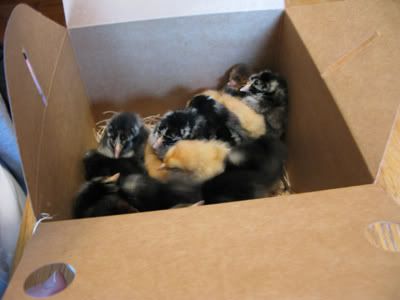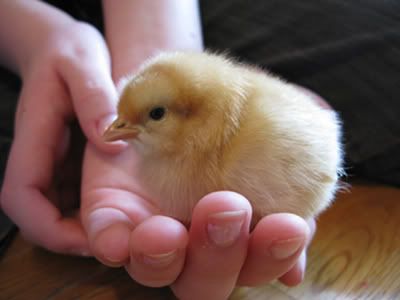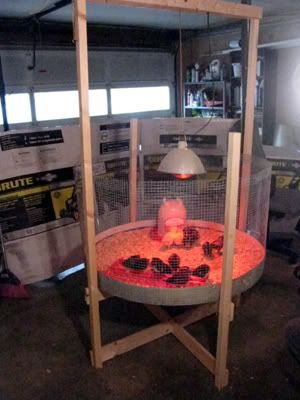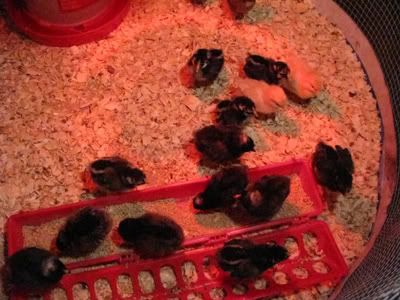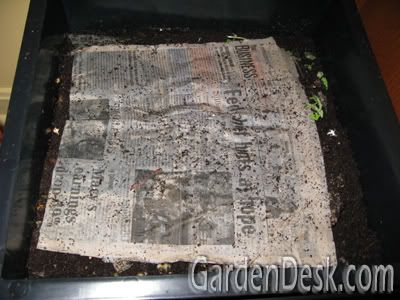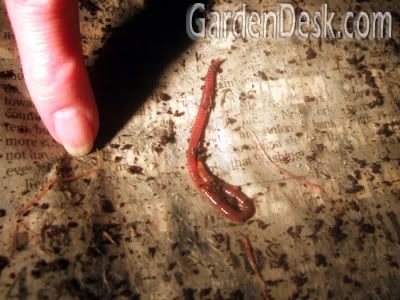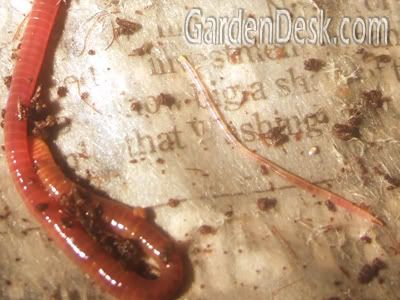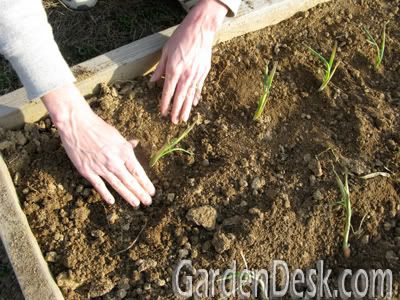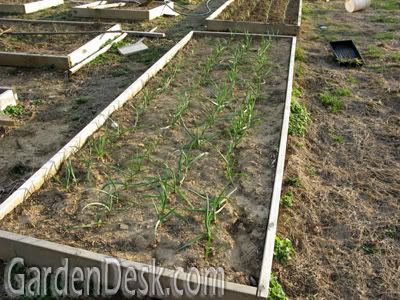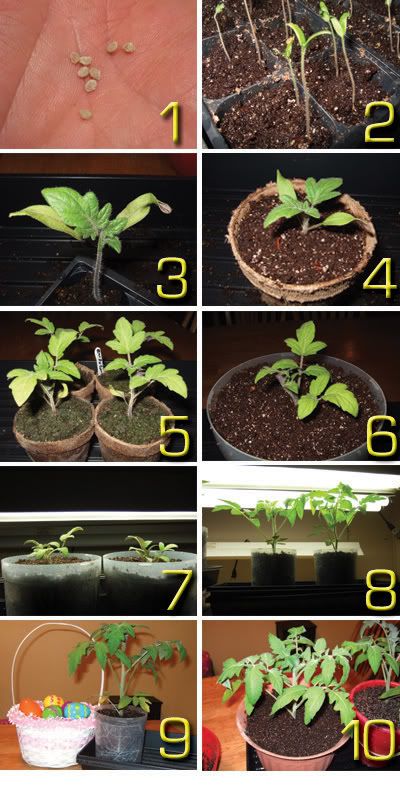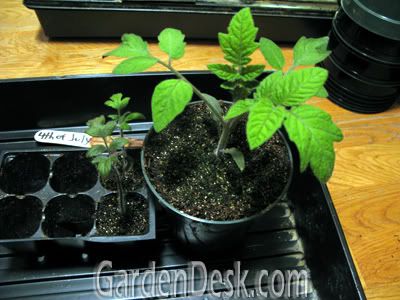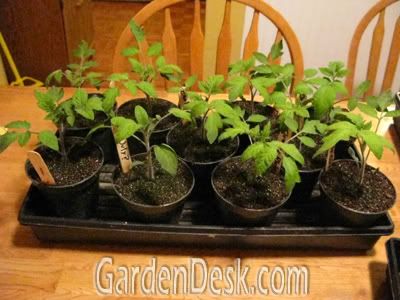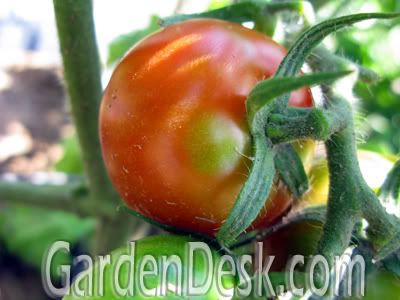Repelling Raccoons - 3 ways to keep raccoons out of your corn!
We have many raccoons that frequent our yard and garden. They eat the leftover cat food on the back deck just waiting until that magical night when the sweet corn is ready!

Then they party until every last kernel is gone!
So what can I do to repel those rascally raccoons? There are three ways for me and you to rid raccoons from our gardens.
1. Erect an electric fence. An electric fence is the only sure way to keep raccoons out, but that involves too much work and expense for me.
2. Use a "floppy fence". Last year I began creating this, but didn't finish in time. I still think it is a good idea though. Basically you fence in your garden or a portion of your garden using your favorite standard fence. I only put the fence around a small corn patch last year. The trick to the "floppy fence" as outlined in Jeff Cox's 100 Greatest Garden Ideas, is to attach a roll of chicken wire to the top of the fence like this:
The chicken wire is fastened only at the bottom to the top of the fence. It stays floppy at the top with no support. When a raccoon attempts to climb it, it folds down on him which essentially dumps him off. Allow me to demonstrate with my daughters stuffed animal:
The raccoon climbs the fence and reaches the chicken wire. When it continues up the chicken wire, its own weight causes the wire to bend down over it.
No corn for that leopard, raccoon! When I wrote about this last year, some readers commented that this would also work to keep cats out of your garden. If cats are your problem, you could use netting instead of chicken wire.
I believe this might work and I love the 100 Greatest Garden Ideas book, but even this strategy is a bit too much work for me this year. Instead, this year I will be trying my 3rd way to repel raccoons, which I learned from another one of my favorite books, Carrots Love Tomatoes: Secrets of Companion Planting for Successful Gardening. So what's the trick?
Plant a virtual fence with cucumbers!
Dozens of vining cucumber plants will completely surround my corn patch. According to Carrots Love Tomatoes, raccoons can't stand cucumbers. They don't like the smell of them, and they don't like walking across the prickly vines. I'm not sure if it will work but I agree with many other things from that great book. I have started many cucumber plants of five different varieties. Not only will I have an almost infinite supply of cukes, but hopefully I'll also get some of this:
Mmmmmm! I can't wait for Summer eatin' from the garden!
So what do you think? Will this idea work? What about Jeff Cox's floppy fence? Do you have any other ideas for beating those coons this year?
Maybe I should feed them extra cat food!

